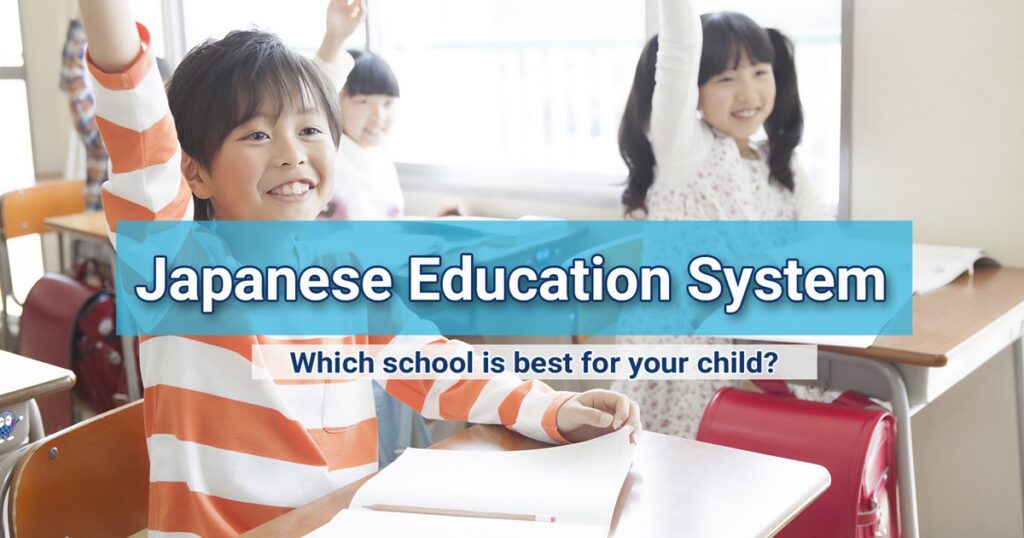In response to changing societal needs, technological advancements, and the need for more equitable access to high-quality education, education systems all over the world are undergoing significant reforms. Countries are rethinking how education can better prepare students for the future through curriculum changes, innovative teaching methods, and policy changes to close the educational gap. This daily update examines the most recent global education reform developments, highlighting important initiatives, obstacles, and their effects on students and societies.
1. Lifelong Learning Is Embraced by Finland’s Education System

Finland’s top-notch education system has introduced a new reform to encourage lifelong learning at all life stages. The Finnish government is implementing policies to ensure that citizens have easy access to education and training throughout their lives because it is aware of the rapid pace at which technological advancements are occurring and the requirement for ongoing skill development.
The Reform’s Key Features:
Modular Courses of Study: Instead of following a traditional, linear education model, the reform introduces modular learning paths that enable individuals to acquire specific skills and knowledge at their own pace. This method is made to meet the needs of adults who want to upskill or reskill as well as young learners.
More adaptability: Curriculums at Finnish universities and schools are becoming more adaptable and incorporating both academic and vocational education. Students can combine various fields of study and tailor their education to meet their career objectives thanks to this flexibility.
Priority given to Digital Skills: The reform emphasizes the significance of early digital literacy and coding instruction in order to prepare citizens for a digital future. Additionally, it includes assistance for educators in successfully incorporating technology into their teaching.
Impact on the World:
Other nations confronting similar difficulties are paying close attention to Finland’s approach to lifelong learning. The global trend toward education systems that are more adaptable and inclusive and capable of meeting the requirements of job markets that are rapidly changing is reflected in the emphasis placed on flexibility, digital skills, and continuous education.
2. India Launches New National Curriculum Framework (NCF)

Close Learning Gaps The COVID-19 pandemic has made wide-spread learning gaps worse. As a result, India has implemented a new NCF. The National Curriculum Framework (NCF) is a component of India’s larger National Education Policy (NEP) 2020, which targets equity, holistic development, foundational literacy and numeracy, and education reform.
Highlights of the Framework:
Fundamental Training: The National Curriculum Framework places a strong emphasis on foundational education, particularly in primary and early childhood education. New guidelines for teaching literacy and numeracy are presented in the framework, with an emphasis on activity-based and experiential learning approaches.
Contextualized Content: The NCF allows for localized content that reflects India’s linguistic and cultural diversity to address regional disparities. The goal of this strategy is to make education more relevant to and accessible to students across the nation.
Changes to assessments: Moving away from rote memorization and toward competency-based evaluations, the framework also makes changes to how assessments are evaluated. Instead of focusing on students’ capacity for information recall, this change aims to assess students’ comprehension and application of knowledge more effectively.
Opportunities and Challenges:
Even though the NCF is a big step forward, its implementation is still hard, especially in rural areas where it’s hard to get resources and trained teachers. However, it is anticipated that the reform’s emphasis on equity and inclusivity will play a significant role in closing educational gaps and enhancing learning outcomes for millions of Indian children.
3. Germany Changes Vocational Education

Meet Needs of the Labor Market Germany is changing its vocational education and training (VET) system completely to better meet the demands of the modern labor market. Germany’s dual education system, which combines classroom instruction with hands-on experience, has long served as an example for other nations because it is one of the world’s leading economies. The system’s responsiveness to new economic challenges and technological advancements is the goal of the most recent reforms.
Goals of the Reform:
VET’s digitalization: New curricula that integrate digital skills and technology-related competencies across all vocational programs are included in the reform. This is in response to the rising need for workers with expertise in digital manufacturing, cybersecurity, and artificial intelligence.
Internationalization: The reform encourages partnerships with international organizations and institutions in order to increase German vocational education’s global competitiveness. This includes opportunities for students to participate in international internships and exchange programs.
Vocational Education for Life: The reform encourages lifelong vocational learning, making it possible for workers to update their skills throughout their careers and recognizing the need for continuous learning in a job market that is rapidly changing.
Effects on the Population:
It is anticipated that Germany’s VET reform will significantly improve the nation’s capacity to meet future demands from the labor market. The reform ensures that the German workforce remains competitive in an increasingly globalized and technology-driven economy by providing students with digital skills and opportunities for continuous learning.
4. South Africa Implements

Major Reforms to Address Deeply Rooted Inequalities in Education South Africa is implementing major reforms to address deeply rooted inequalities in education that have persisted since the end of apartheid. The government’s new education strategy aims to make it easier for all students, especially those from disadvantaged backgrounds, to get a good education.
Important Changes:
Investing in Infrastructure: The infrastructure of schools is getting a lot of money from the government, especially in rural and underprivileged areas. This includes expanding technology access, providing sufficient learning resources, and building new schools.
Teacher Education: The improvement of teacher education programs is a major part of the reform. This is to make sure that teachers have the knowledge and skills they need to give good education. Training in the use of digital tools and inclusive education practices are receiving special attention.
Changes to the curriculum: With a focus on entrepreneurship, critical thinking, and problem-solving, the curriculum is being redesigned to include more practical and life skills. This is intended to lessen the nation’s high rates of youth unemployment and better prepare students for the workforce.
Effects Over Time:
The social and economic development of South Africa are directly impacted by the country’s education reforms. The government hopes to make society more equitable and give all students a chance at success by addressing the inequalities in the education system.
5. Japan’s education system

Being revamped to better prepare students for participation in a world that is becoming increasingly interconnected and globalized. The development of global competence is emphasized in the government’s new education policy, with a focus on language skills, cultural awareness, and international collaboration.
Reform Projects:
Language Training: The reform mandates early English language instruction with the goal of increasing students’ proficiency and communication abilities. To encourage multilingualism, schools are also encouraged to offer additional foreign languages.
Collaboration on a global scale: Students can learn about other cultures and perspectives by participating in more exchange programs and partnerships between Japanese schools and those in other countries.
Innovative Thought and Critical Thinking: The curriculum is currently being revised to emphasize critical thinking, creativity, and problem-solving skills more. This is a part of a larger effort by Japan to encourage creativity and educate students for the challenges of the 21st century.
Effect on Japan’s Global Position:
It is anticipated that Japan’s education reform will enhance its global engagement and competitiveness. Japan wants to keep its position as the world’s leading economic and cultural power by teaching students how to navigate a globalized world.
Conclusion
The way nations prepare their citizens for the future is being reshaped by global education reforms. These reforms, which range from Finland’s emphasis on lifelong learning to India’s emphasis on foundational education and Germany’s overhaul of vocational training, demonstrate a global commitment to the development of education systems that are more flexible, equitable, and forward-looking. These reforms will have a significant impact on shaping the future of education and society as a whole as nations continue to adapt to new opportunities and challenges.


